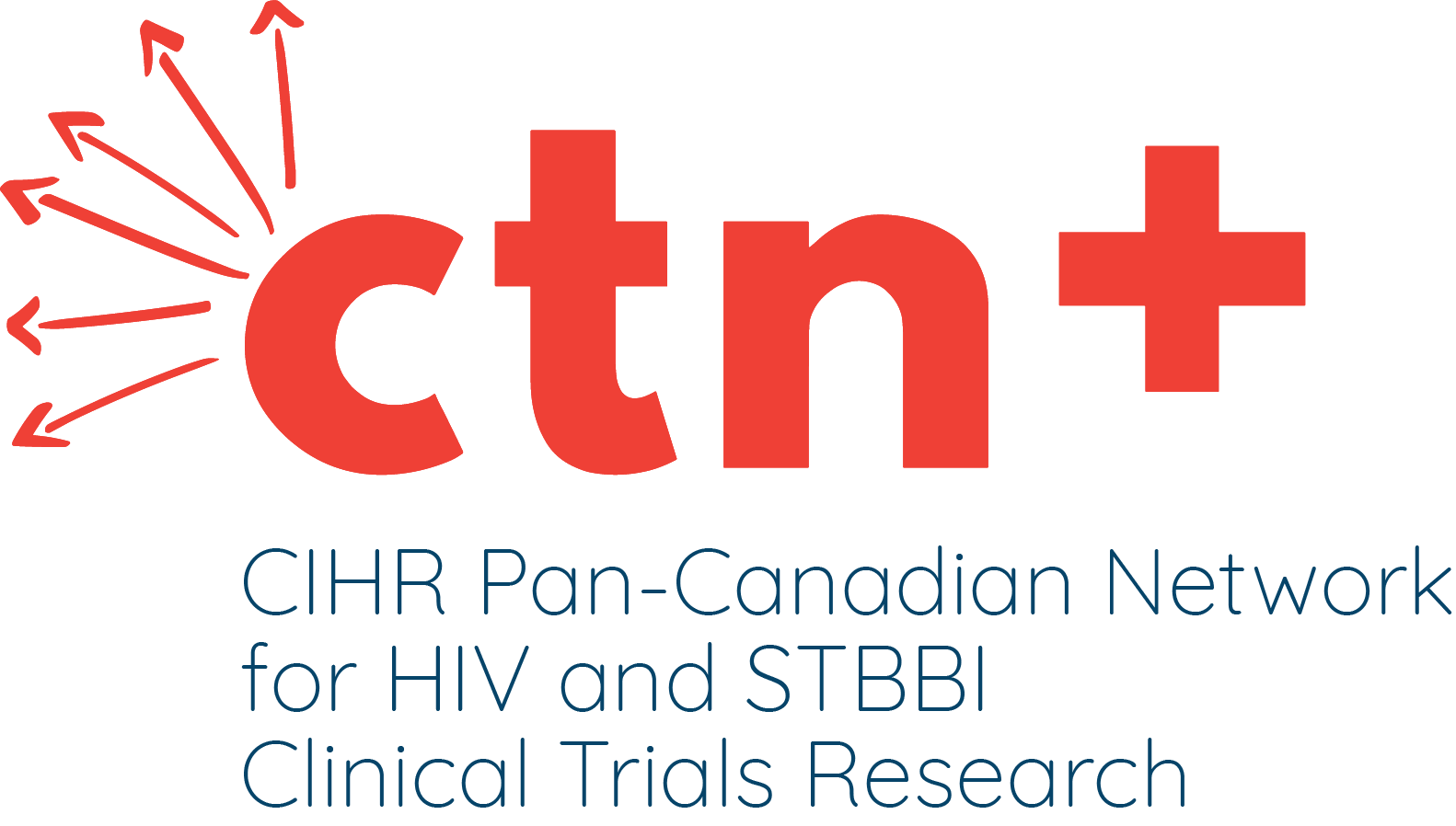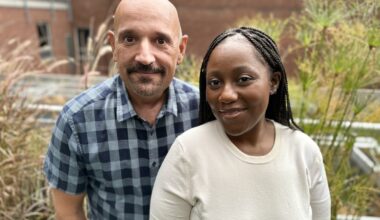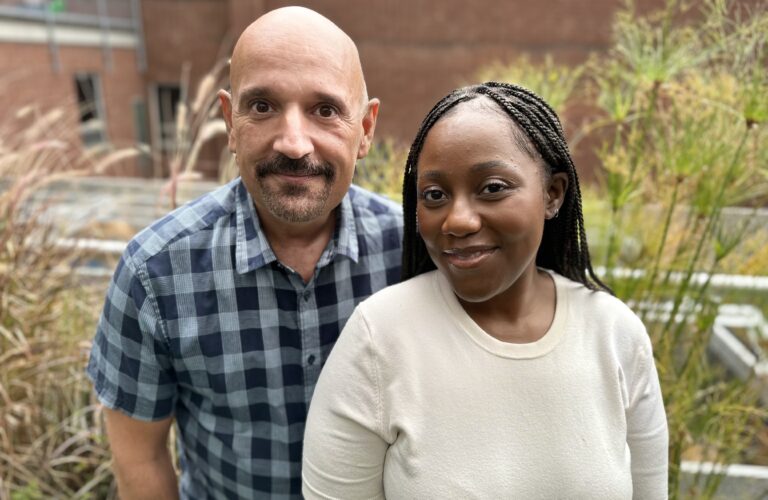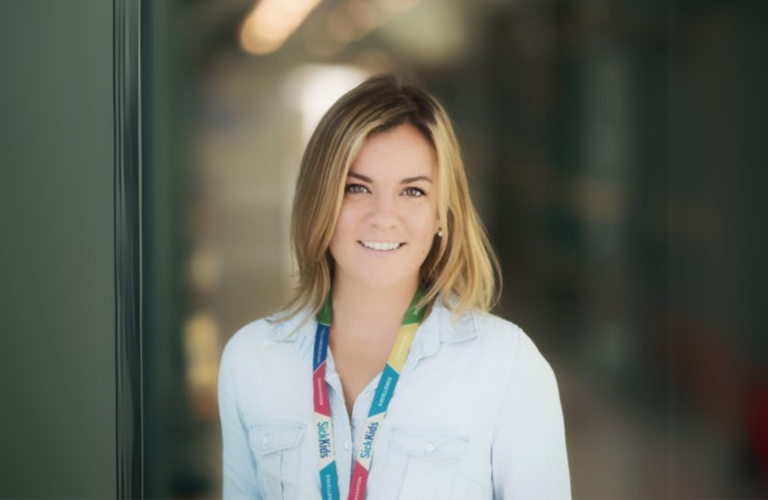
Organized by Muluba Habanyama (CAN LhIVE WELL Principal Knowledge User and CTN Community Advisory Committee member), Dr. Jason Brophy (CAN LhIVE WELL nominated PrincipaI Investigator and CCM Core lead), and Tammy Yates (Executive Director, Realize), Living Your Best Life: Defining Living Versus Living Well with HIV in Canada recently took place virtually. Below, we share some of the important outputs from this four-part series.
Behind the scenes
The CAN LhIVE WELL (The Canadian HIV Wellness Research Initiative) team was awarded a CIHR Planning and Dissemination Grant for an in-person discussion on what it really means to live well in the context of living with HIV in Canada, and to clearly define the spheres of wellness or wellbeing for people living with HIV to enable research on this important topic. The national team, comprised of CTN Investigators and HIV community members, partnered with Realize to merge this discussion with their annual intersectoral policy dialogue, resulting in the four-part virtual series, Living Your Best Life: Defining Living Versus Living Well with HIV in Canada.
The team hired six community consultants across Canada to facilitate five pre-meeting consultations with community members to understand the views of different populations around the question, ‘What does it mean to live well with HIV in Canada?’ Key informant interviews were also conducted to enhance the diversity of voices at the table.
A full list of the speakers and organizing team can be accessed here.
The four main sessions then took place virtually, each of which was opened and closed in a good way by Elder Valerie Nicholson, who was also a key member of the organizing team. There were 50+ attendees per session and everyone received a $10 ‘Wellness Credit’ per session to support their participation.
Click here to view the full agenda.
Session one
The first session included an introductory video by the organizing team leaders and a workshop on the Wholistic Medicine Wheel Healing Map, hosted by National Medicine Wheel Facilitators, Donald Turner and Jack Haight. The workshop featured a visualization and discussion on how to use the Seven Grandfather Teachings as part of a wholistic wellness journey.
Session two
The second session focused on wellness initiatives involving Indigenous Peoples living with HIV across Canada, and included presentations by Elder Valerie Nicholson, Jasmine Cotnam, Krista Shore, and Dr. Sean Hillier. Living Your Best Life community consultants then presented their learnings from the community consultations with people who have experiences with drug use and/or sex work, and the Francophone community group.
Session three
The third session centred on wellness initiatives targeting key populations living with HIV including: youth; people aging with HIV, with a focus on gay, bisexual, and other men who have sex with men; new immigrants to Canada; the African, Caribbean, and Black communities; and transgender women. Living Your Best Life community consultants then presented their learnings from the consultations with youth, and Middle Eastern and South East Asian men.
Session four
The fourth and final session looked at health policy, and exercise-based physical and mental wellness initiatives. Living Your Best Life community consultants then presented their learnings from the women’s group and shared the overall recommendations from the consultations directed toward clinicians, researchers, and policy-makers.
You can watch the session recordings and videos highlighting the experiences and thoughts of each community consultation group on YouTube.
To summarize
There was broad recognition that each person living with HIV needs to define and set individual priorities and goals around wellness for themselves. There is no ‘one size fits all’ prescription for wellbeing.
The important contribution of physical movement and exercise, spending time in nature, feeling part of a community, and peer/social support to wellbeing was acknowledged by multiple participants.
Multiple barriers to achieving wellness were highlighted including:
- Socioeconomic factors (e.g. access to basic housing and employment opportunities)
- Systemic racism
- Access to medication, health care, and wellness services
- Stigma associated with living with HIV
- Treating comorbidities
Not all participants felt that the Wholistic Medicine Wheel Map was an applicable framework for defining wellness for all populations, in part due to the fact that different Indigenous communities have different wheel map configurations and visual representations; however, the idea of a wholistic approach to wellness, which includes physical, mental, spiritual, emotional, and sexual spheres or components, was generally accepted by everyone.
It was also voiced that there is great uncertainty surrounding what aging well with HIV looks like. As such, future research should focus on how chronic HIV affects all life stages, from early development (perinatal infection) to aging 30+ years with HIV in the context of adult acquisition.
Knowledge translation output
Designed by Brilliance Mastery, this visual illustration summarizes Living Your Best Life’s key findings and will be used as a framework to guide next steps for optimizing the wellbeing of people living with HIV in Canada. Please feel free to share and apply to your own work.

Wellness resources and HIV organizations
You can view a non-exhaustive list of HIV organizations and wellness or mental health supports in communities across Canada by clicking here.






